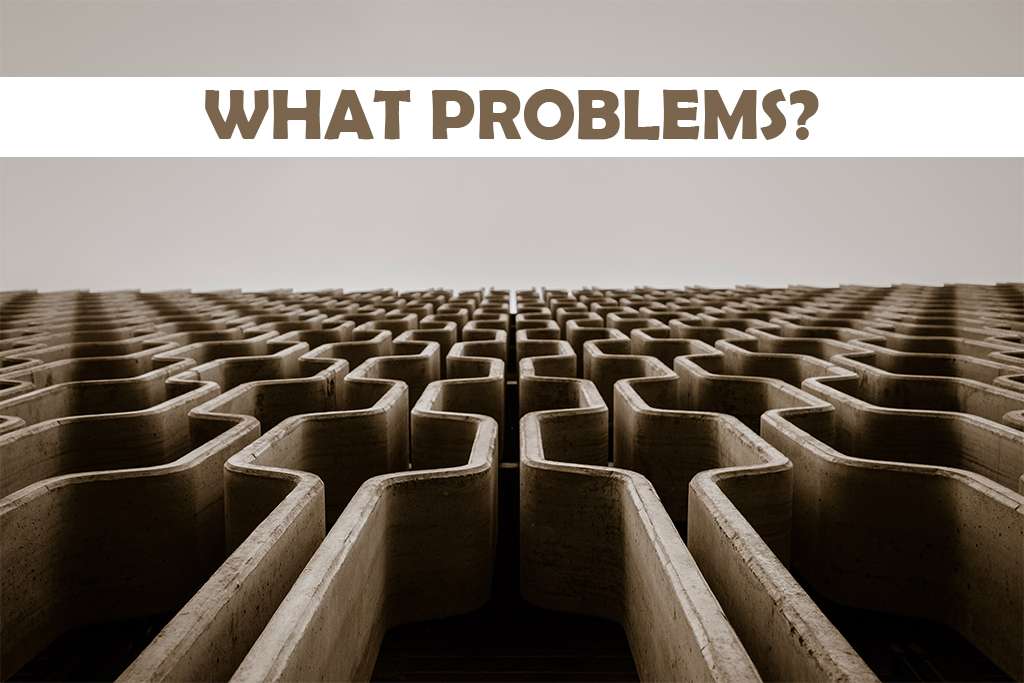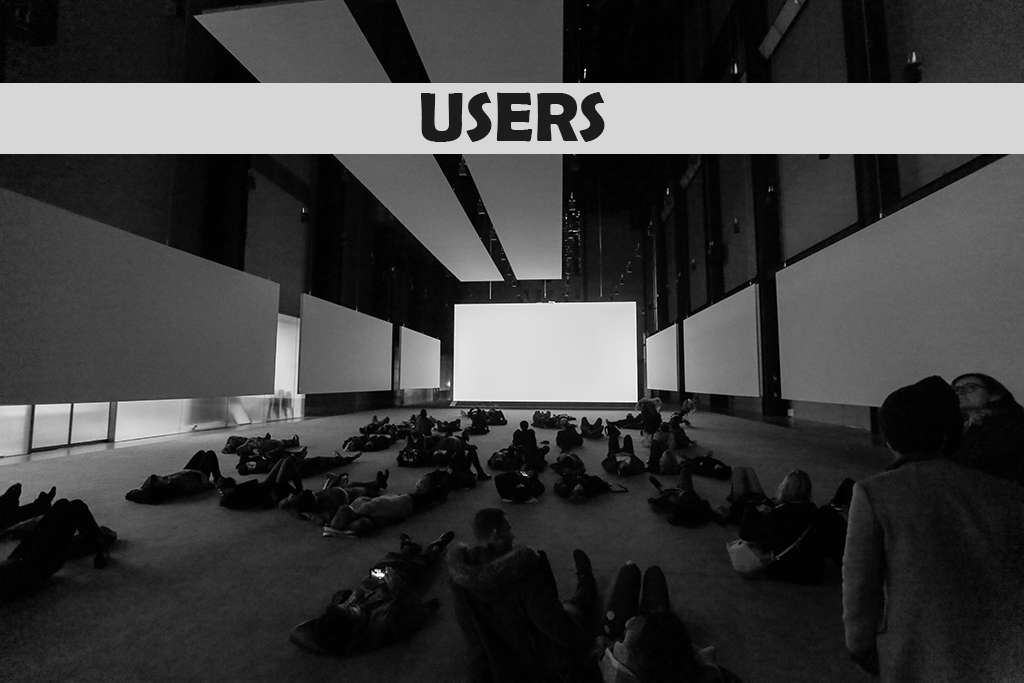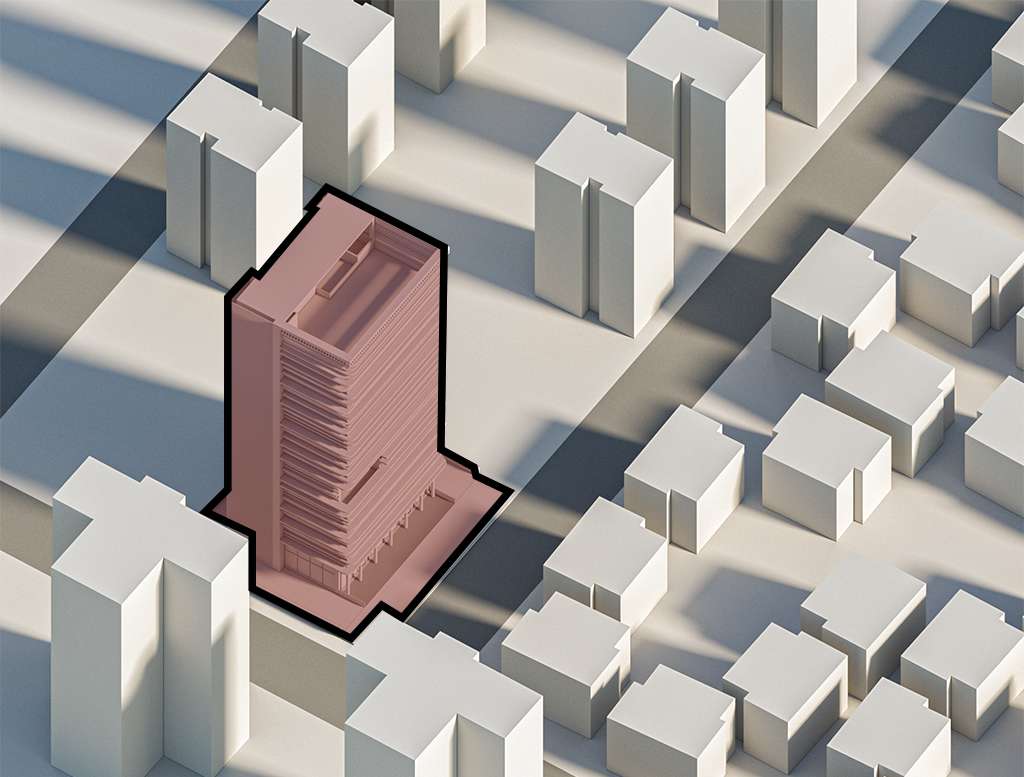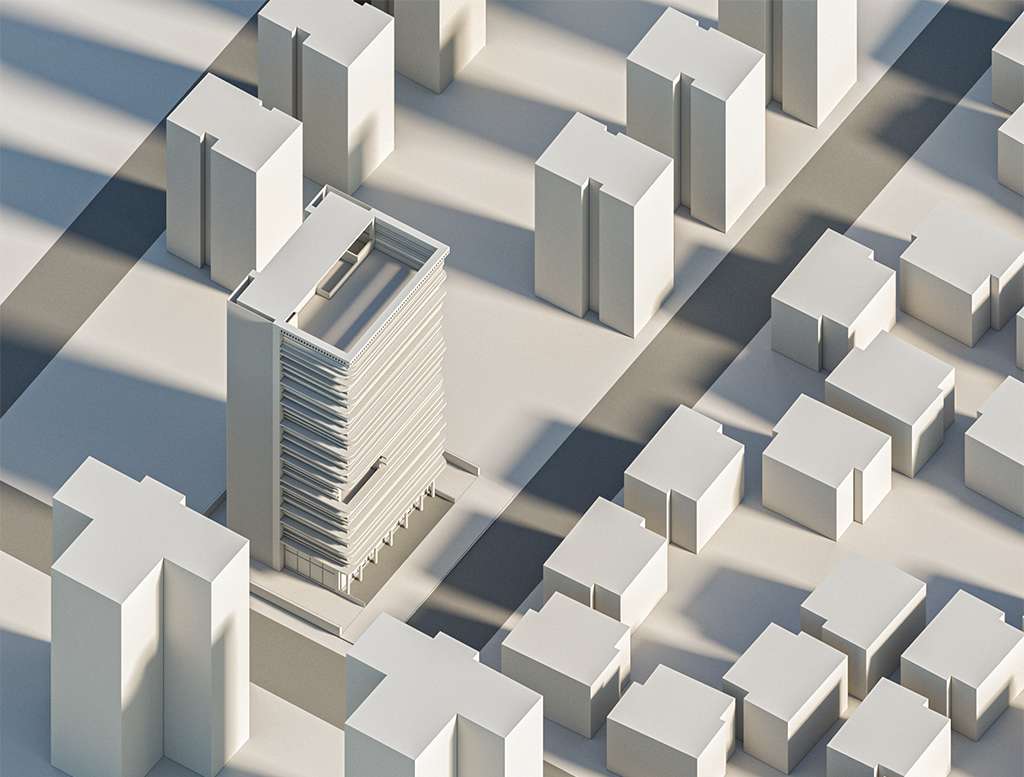Discovering Architectural Concepts is one of the Critical Thinking processes involved in any Architectural Design. This Design Thinking process takes different paths depending upon the various personalities and experiences of the designers.
What we Create is based upon what we watch, listen, feel, touch and think. Those past and present experiences we come across while keeping in mind the future.
So How do we come up with Architectural Concepts? And
How Do We Improve the Ability to derive meaningful Architectural Concepts?
Here are 4 steps that can be useful and come in handy while designing an Architectural Structure.
Contents
-
1. Have a Solution Mindset.
-
2. Know Your Problems
-
3. Knowledge
-
4. Knowledge (K) +Problems(P) = Solutions(S)
1. Have a Solution Mindset.

What are Architectural Design Concepts?
Architectural Concepts are nothing but Solutions. Solutions to different problems that you may face while designing your topic.
These solutions can have multiple possibilities depending upon your topic and experiences.
This can be concerning the,
a) Form
b) Circulation
c) User Experience
d) Functionality
e) Sustainability
f) Feasibility
2. Know Your Problems

But how do you find a solution? To find a solution, we need to know the problems. If not problems, then some observations could lead us those architectural concepts.
So what are the problems to be considered? There are these 3 types of problems you can look for an overall perspective.
These are,
1. The Problems of Users.

What are the problems that the users of your topic are facing?
Now, the users can also be classified into multiple types, eg: If we consider a hospital design. There are different kinds of users in a hospital. Patients, Doctors, Nurses, Support Staff, Security, etc.
If possible try to have a conversation with them. Ask them questions based on the points discussed in the solution mindset.
You’ll be surprised how many different answers you would get depending upon the various personalities of people.
Go ahead and do a survey. Google Forms can be best utilized for this purpose.
Now based upon the most common problems you can come up with the solutions for your Architectural concepts.
2. The Problem of Site.

The site on which you’re going to design has its own set of hurdles and opportunities.
You may have a site on a deserted land. Or on a forest or even close to a marshy land, near a beach, etc.
How can You use these problems to your benefit? Or what are some of the advantageous points that can be considered for the design?
You need to figure that out.
3. The Problem of Context.

Your context is more important than your content as said by Blair Singer is also valid for Architectural Concepts.
The context of your location has a lot to do with your design. Traffic, security, amenities, social culture, the political situation, and many more features respective to your location.
For Eg If you have a school nearby your plot, there might be traffic, chaos during specific times. Or if you have a railway track passing by, there’ll be noise problems you’ll have to consider.
3. Knowledge

We’ve talked about the problems. But there comes a question, how do we find the problems?
Observations are something that can be figured out while thinking about architectural concepts. But what about the core problems? How do you know them?
Let’s get back to a basic situation. How do we get to know about problems?
When something goes wrong. Or When there is a behavioral shift. Like, take into mind someone close to you. How do you know when their mood is off. Or when someone is feeling low.
How do you know that?
It’s because of the change in their behavioral patterns. You are used to sensing a habit but when there’s a change in that habitual action, you know there’s a problem.
So why are you able to sense that change in the habit?
It’s because you know them. You are used to the usual responses of that person.
Similarly, while designing you need to know some critical aspects. Because only when you’re able to know your design well, you’ll be able to get the right problems and ultimately come up with the best Architectural concepts.
Some of these aspects are,
1. Past, Present, and Future Activities of Your Topic
How was your topic used in the past?
How is it used now? Are there any changes in the patterns on how it is being used?
How will your topic be used 10 – 20 years from now?
Architectural structures are said to last for a long time. Unless they are temporary ones. So the future is of utmost importance. Your designs need to be ready to serve the purpose of the near future.
Try to figure out if there’s any such requirement.
2. What Spaces do You Need?
Concerning the present and future activities, what kind of spaces would you need?
Try to add the new required spaces to your design brief. If you already have one.
Now, these spaces can be thought in relation to the solution mindset.
Always keep in mind the solution mindset. The spaces can be open, semi-open, or could be closed. Whatever fits the solution.
Know everything about these spaces. Area required. What are the design standards? Any new technology that you can come to use, etc.
3. Know The Users of your Topic
As discussed in the Problems section, try to engage with the users. Try to find out their viewpoints concerning their daily usage of spaces.
Since these people have experience with space, they can guide you better with the solutions and indeed your core Architectural Concepts.
4. Knowledge (K) +Problems(P) = Solutions(S)
If you’ve been reading this till this point, kudos to you.
And It’s clear, that for getting solutions, you need to know the problems and for knowing the problems, it’s essential you know the topic, activities, spaces, and the users related to the topic well.
So the first thing to start with is the knowledge.
One’s you know. Some facts and figures, then analysis becomes easy as you can compare the data and think upon the important factors.
But still, Knowledge can be super vast. So there are some patterns I’ve gathered that can help you to direct your investigation of knowledge in a specific direction.
These are the 5 patterns, you can refer to while gathering your knowledge.
- User Experience and Interaction
- Evolution of Brief
- Environmental Response
- Social and Political Benefits
- Functionality
